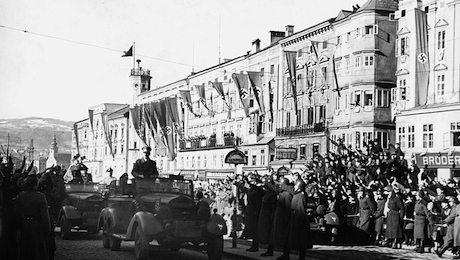HITLER’S CULTURE CAPITAL

Linz in Austria was to become the cultural capital of the Nazis. Hitler spent years planning to transform the provincial town into a model city with the "Führermuseum" at its centre. An investigation into the city's past.
Linz, the rather sleepy city on the river Danube, was the city of Hitler's youth, the city of his dreams. After the annexation of Austria in March 1938, he planned to transform the provincial town into a "national work of art". He wanted to create a political backdrop on the banks of the Danube, with a huge "Gau Forum" at its centre and a magnificent boulevard for the "most ideal stroll in the world". It was to be a model of "Aryan" culture and the new "thousand-year-old empire". The perfect National Socialist city. Hitler was especially keen to build a "Führermuseum" which would showcase his own private art collection. Under the codeword "special mission Linz", he personally commissioned a secret organisation to appropriate or buy works of art throughout Europe. Ultimately, Linz was spared this monumental transformation. But a number of projects were carried out and completed: the Nibelungen Bridge with its bridgehead structures, the Hermann-Göring-Werke or the residential buildings that still define the urban landscape today. A fascinating journey of discovery in a city which appealed, like no other place, to the dreams and inner fantasies of the private man and power-greedy dictator Adolf Hitler.